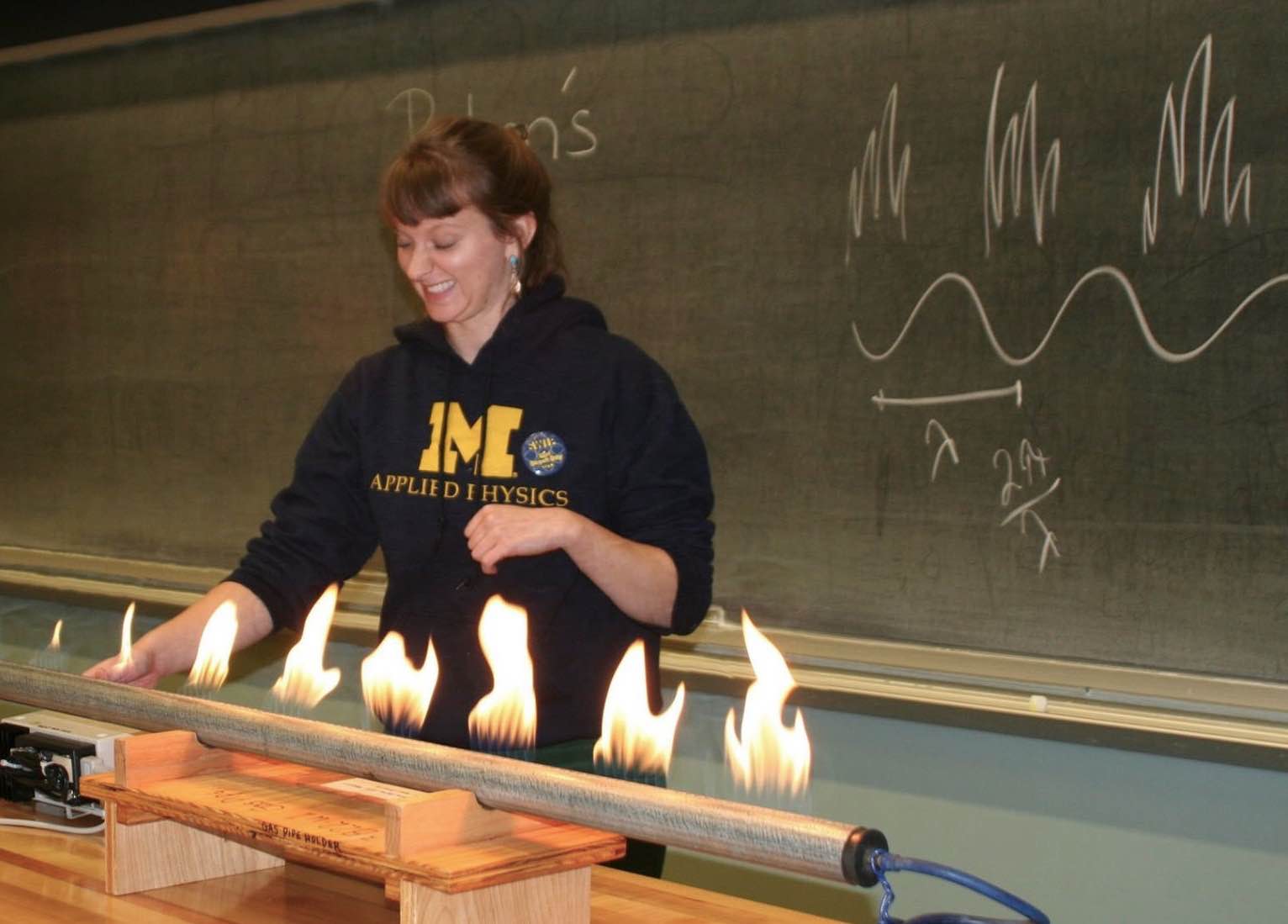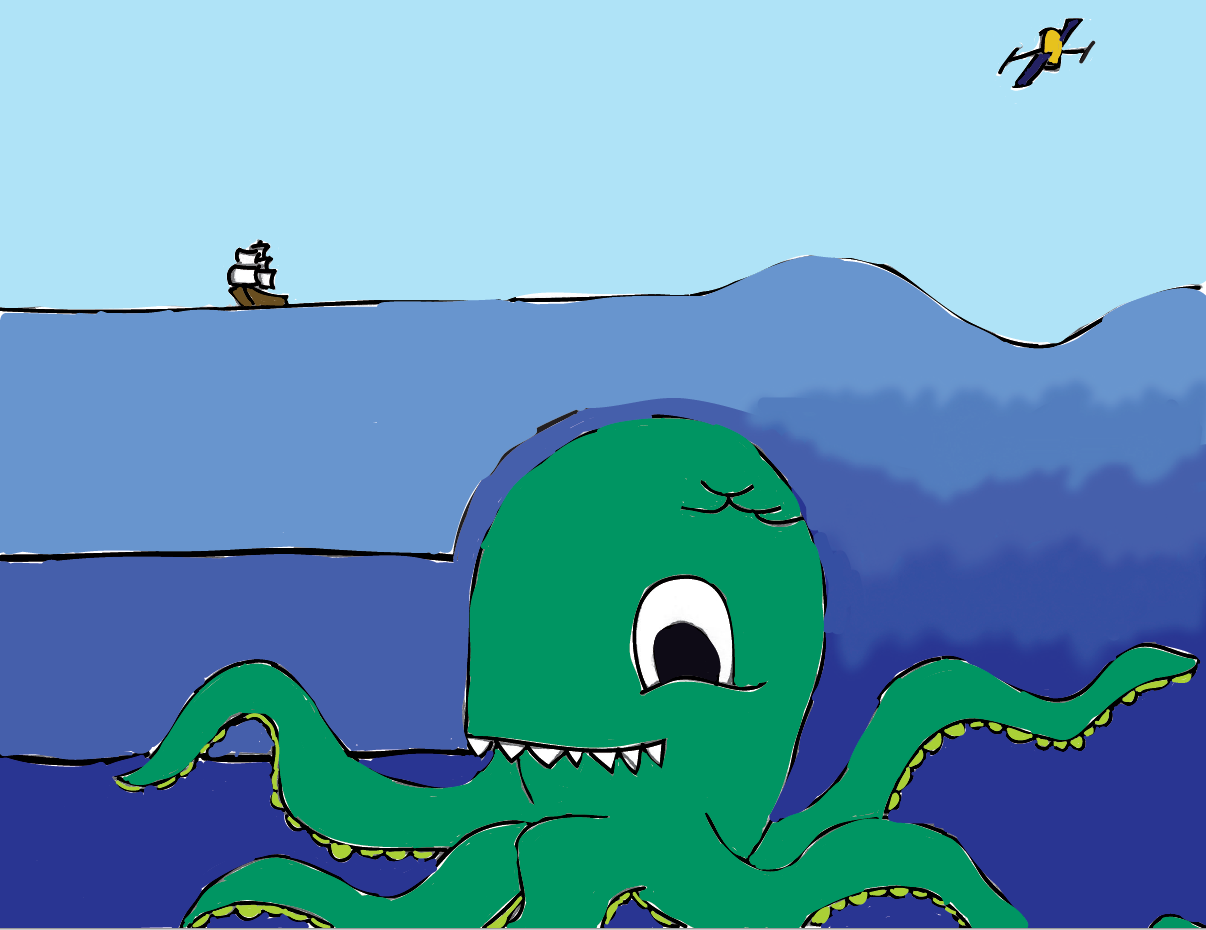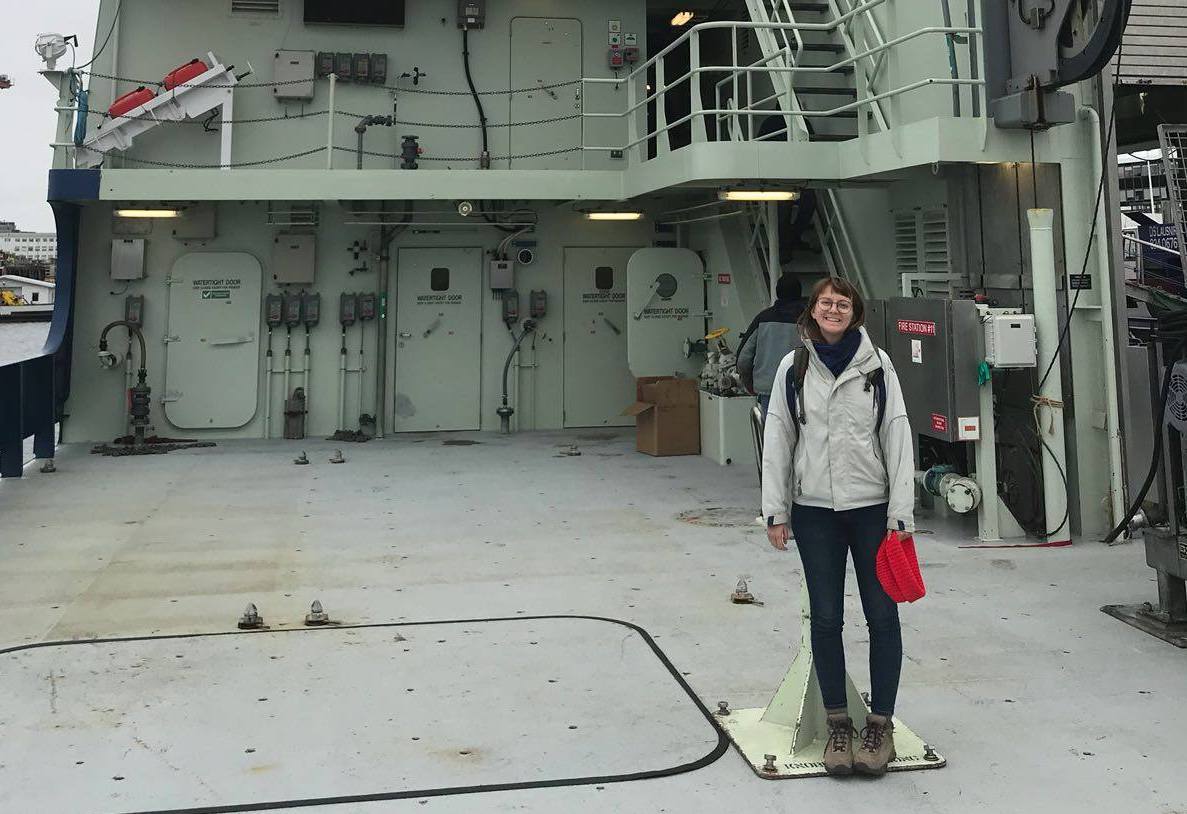research interests
As a physical oceanographer, I am interested in the dynamics of the ocean, and the role they play in our climate. The ocean makes up about 70% of our earth's surface, and the intricate relationship between it and our atmosphere drives our global climate. The complex interactions between various oceanographic dynamics, with one another and with topographic features, lead to mixing in the ocean interior. This mixing is partially responsible for the relatively steady state of our global ocean, and will in turn be affected by changes in our climate. Internal waves, or waves that propagate on density interfaces in the ocean, are a primary cause of ocean mixing. Similar to surface waves breaking on the beach, internal waves can break in the ocean interior, causing the density layers to become mixed, and therefore less stratified. As stratification has important implications for biology, understanding the propagation and dissipation of internal waves is a key component of understanding our ocean's ecosystems and our global climate.
Low-frequency internal waves forced by winds, known as near-inertial waves, vary seasonally and have large signals in higher latitudes, where winter storms are strong. Internal waves forced by tides, or internal tides, are generated by tides flowing over rough topography, and propagate with periods 12-24 hours. The energy input in the ocean from these sources is large, but is rarely dissipated locally. Intead, these waves can propagate for thousands of kilometers, and share energy with higher frequency internal waves and lower frequency eddies. While near-inertial waves and internal tides are generated and propagate in different ways, they interact similarly with other internal waves and background flows. My research goals lie in understanding these interactions, using both numerical simulations as well as in-situ observations.
teaching
My teaching methods are very interdisciplinary, as I try to draw on many different fields to connect with students from many different backgrounds. Oceanography, like other geological sciences, is a field that uses skills from a multitude of specilizations, from geochemistry, to microbiology, to computer science, and so on. To address this, I find it beneficial to draw on the backgrounds of individual students to help them feel more comfortable with the material. This grants students a level of confidence, which allows them to challenge themselves further with the material. I also feel passionately about inspiring students to become more skilled mathematicians. Students with strong backgrounds in math are able to use such skills in any field of science.
Outside of the formal classroom, I was able to involve myself with the University of Michigan chapter of Society for Women in Physics (SWIP) which is involved with various outreach projects. These outreach projects have provided me the opportunity to teach to younger and more impressionable students than the college students in my lab classes, which is often more challenging and much more energy intensive.



